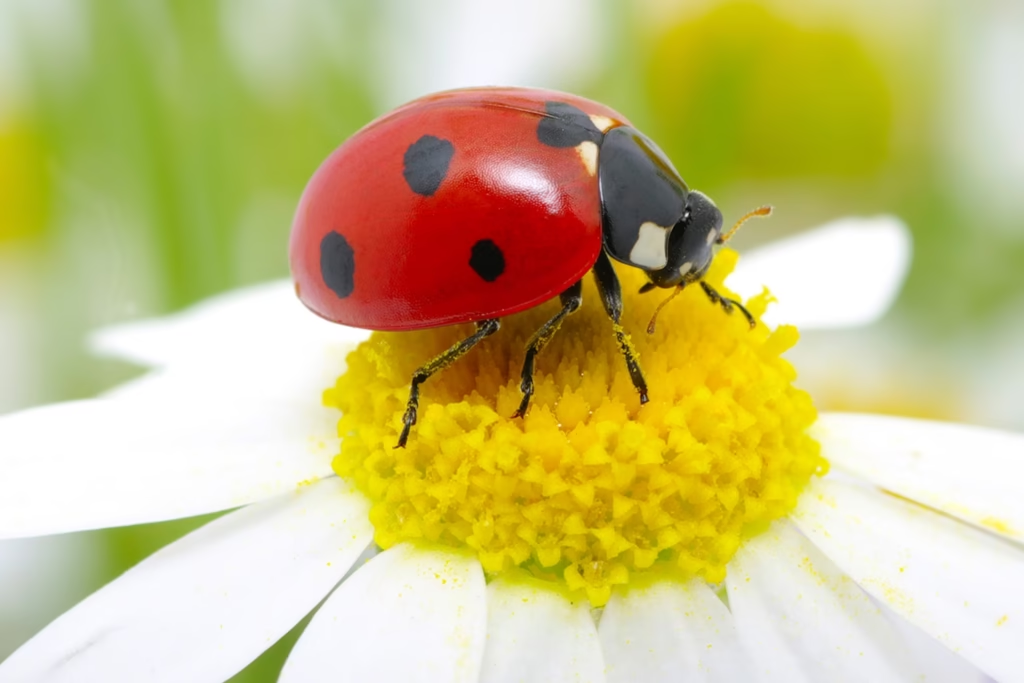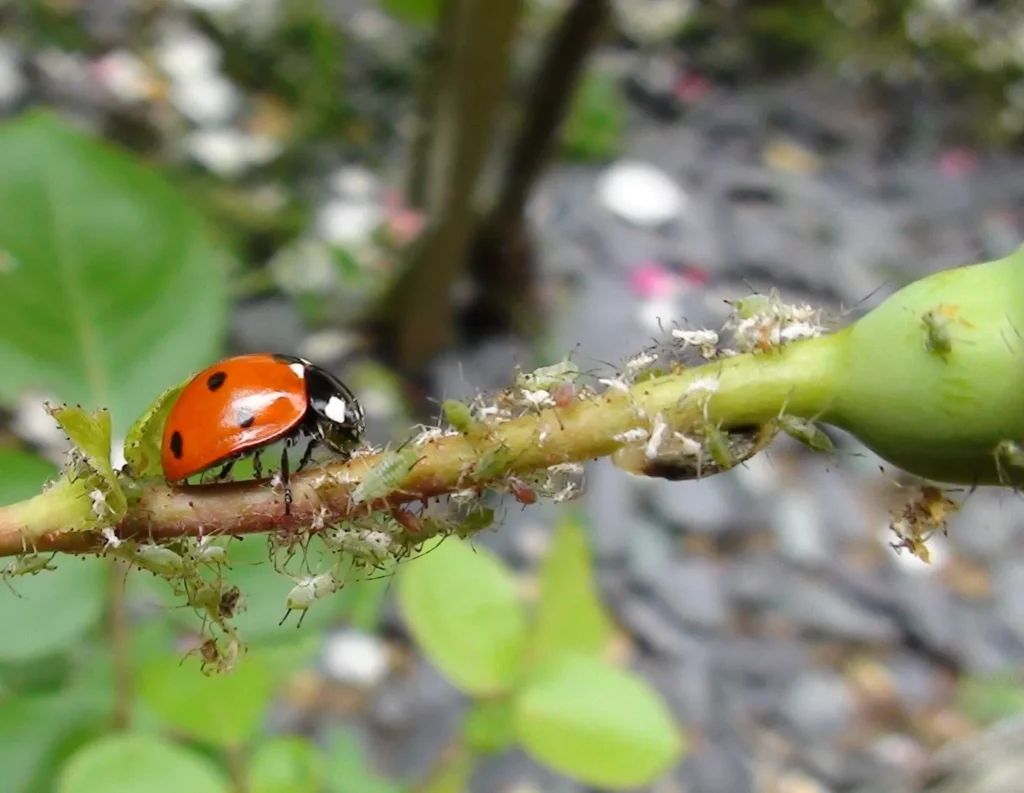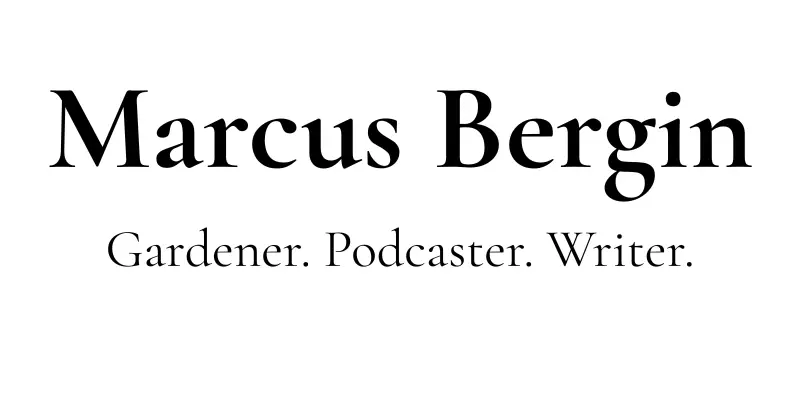
Where Are the Ladybirds?
Why Beneficial Insects Might Be Missing—and How to Invite Them Back
Step into any thriving garden and you’ll find more than just plants at work. Look a little closer, beneath the leaves, on the stems, around the flowers—and you’ll see the true workforce humming away quietly: the beneficial insects. Ladybirds, hoverflies, lacewings, parasitic wasps, ground beetles, and countless others all play a role in maintaining that delicate balance.
And yet, more and more gardeners are asking the same question: “Why aren’t they showing up like they used to?”
This blog explores what might be happening in your garden, and what you can do to turn things around.
The Importance of Beneficial Insects
Insects don’t just pollinate—they regulate. A single ladybird larva can consume up to 400 aphids during its development, and an adult ladybird might eat 50 or more per day. Hoverfly larvae, often mistaken for tiny slugs, are voracious too, devouring greenfly by the hundreds.
Without these natural allies, pest populations can boom quickly, leaving us to either intervene or suffer the consequences.
But the drop in insect numbers isn’t just anecdotal. Studies support what many of us are seeing:
A 2019 study in the journal Biological Conservation warned that 40% of insect species are in decline globally, with habitat loss, pesticide use, and climate change among the main causes.
In the UK, ladybird numbers have declined by 30% over the past 20 years in some areas, particularly where non-native species (like the harlequin ladybird) have disrupted local populations.
Why They Might Be Missing
1. Over-Tidiness in the Garden
Modern gardens are often designed to be clean, minimal, and low-maintenance. But neatness can come at a cost. Ladybirds and lacewings need places to hibernate through winter, like dry leaf piles, logs, or the hollow stems of perennials.
If we cut everything back in autumn and tidy away the debris, we may be clearing away future generations of beneficial insects too.
✅ Tip: Leave some spent stems and leaf litter in tucked-away corners of your garden, especially from October through March.
2. Not Enough Prey
It might sound strange, but to keep predatory insects like ladybirds and parasitic wasps around, you actually need a small population of pests. If your garden is too sterile, or you’ve already sprayed away the aphids, they’ll move on to find food elsewhere.
Think of it as maintaining a buffet for your beneficials. A small amount of greenfly now could mean a robust ladybird population next month.
✅ Tip: Resist the urge to spray at the first sign of aphids. Wait and watch, nature might step in before you need to.
3. Pesticide Use
Even “natural” or organic pesticides can disrupt the insect community. Neem oil, garlic spray, insecticidal soap—they may help short-term, but they don’t discriminate between pests and helpful bugs.
Once ladybirds are gone, pest populations can rebound with little resistance.
✅ Tip: If you must treat, try spot-spraying with a targeted product, and only in the evening when pollinators are inactive.
4. Lack of Floral Diversity
Beneficial insects need more than just shelter and prey, they need nectar. Adult ladybirds, hoverflies, and parasitic wasps all feed on pollen and nectar from simple, open flowers.
Highly bred ornamental flowers often offer little in the way of nourishment.
✅ Tip: Include nectar-rich plants like marigolds, calendula, cosmos, dill, fennel, coriander, alyssum, and yarrow. Aim for succession planting so something is in flower from spring to autumn.
Building a Beneficial-Friendly Garden

You don’t need to rewild your whole garden or build a bespoke insect hotel. Here’s what really makes a difference:
Grow Companion Plants
Nasturtiums attract aphids away from crops and feed hungry ladybird larvae.
Borage and calendula provide long-flowering nectar.
Fennel, dill, and coriander attract hoverflies and tiny parasitic wasps.
Create Shelter
Leave a corner of the garden untamed.
Add a small log pile in partial shade.
Keep hollow stems of plants like teasel, echinacea, and rudbeckia.
Install Beneficial Bug Habitat
Pile up sticks, stones, and dried leaves.
Let ivy flower—its late blooms are a lifeline for overwintering hoverflies and bees.
Rethink Pest Control
Observe first. Wait for the beneficials before reaching for a spray.
Use physical barriers like fleece or collars for young veg instead of chemical sprays.
Let Balance Return
Nature works in cycles, and when we give it the space and diversity it needs, it tends to sort itself out. It can be hard to resist the urge to fix everything at once, especially when you spot signs of damage. But inviting beneficial insects back into the garden means shifting the mindset from control to collaboration.
And remember: a few aphids are not a failure. They’re food. They’re bait. They’re part of the system that brings the ladybirds home.
